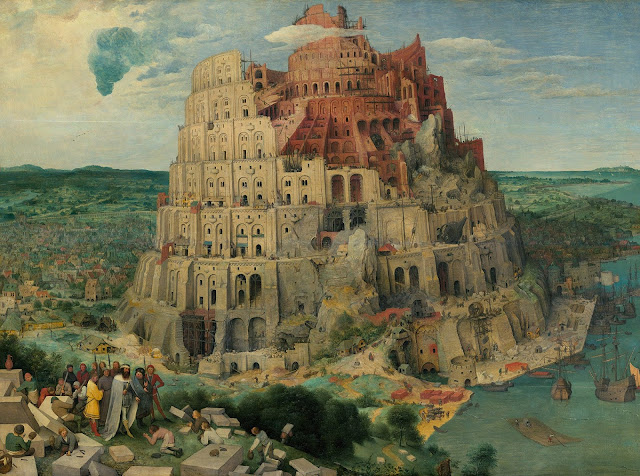Pieter Bruegel: Once Upon a Lifetime...
7:14 p.m.
05/12/18 - The Kunsthistorisches Museum in Vienna is currently exhibiting "Once upon a Lifetime", an anthology of Pieter Bruegel the Elder (c 1525/30-1569). This is the first time an exhibition is entirely dedicated to this icon of 16th century Flemish art. It's not easy to get a ticket, since they've been sold out for weeks, but if you buy a guided tour pass (in whatever language), you'll be able to gain access to the galleries and be free to enjoy the exhibition. Obviously after all these tricks, one can not help but wonder: will all this be worthy?
In the first gallery we found a crowd surrounding the 4 paintings that welcome visitors to the exhibition. They depict the seasons of the year. And so the magic occurs and our eyes get caught in them. We can't stop looking at them. We experience their "aura", specially in the snowy landscape, with the footprints marked on the ground and the men walking with difficulty. In the background we see other winter activities like skating or gathering wood. All other peasant work was impossible with that weather. In the second artwork, Bruegel depicts the Summer, with a panoramic view in shades of green and ochre. Everyone is working in the harvest.
Hunters in the Snow, by Pieter Bruegel The Elder (1565)
Technique: oil on wood panel.
The Haymaking, by Pieter Bruegel the Elder (1565)
Technique: oil on wood panel
After the first galleries, with many works about rural activities in a typical European town, the raising noise anticipates our arrival Bruegel most iconic artwork: "The Tower of Babel".
It is said in the Genesis, the first book of the Old Testament, that Noah’s descendants decided to build a city with a tower so high it could reach the sky. But God was not pleased with the idea and decided to stop it by mixing the languages of the men, so construction became impossible. Bruegel makes a parody of this religious subject, relocating it in his own era and somewhere in the Netherlands. In the painting, the monstrous and unfinished tower reaches the clouds and it poses a threat to the little houses at the base. We need time to grasp all its tiny details, especially in the balconies, staircases and marvelous objects.
The Tower of Babel, by Pieter Bruegel the Elder (1563)
Technique: oil on wood panel
The Tower of Babel, by Pieter Bruegel the Elder (1563) - Detail
Technique: oil on wood panel
The Tower of Babel, de Pieter Bruegel the Elder (1563) - Detail
Technique: oil on wood panel
Peasant Wedding, bt Pieter Bruegel the Elder (c 1567)
Technique: oil on wood panel
Bruegel wants us to stop in front of each of his paintings to admire the many characters and small details. In them we see the spirit of the artist and his critical vision of the society of his time. Sometimes his universe can be violent and unpleasant. In the painting below, two chained monkeys probably represent how religion trapped the thought of men. The tail of the monkey by the left barely leaves the frame and touches the artist's signature, the meaning of which we will never know.
Two Monkeys, by Pieter Bruegel the Elder














0 comentarios